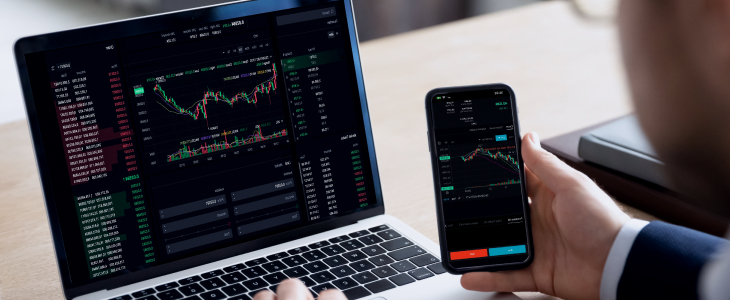
In the world of financial trading, timing is everything. This is particularly true in the forex market, where multiple trading sessions take place around the globe, allowing traders to capitalize on market movements at various times throughout the day. Understanding forex trading time zones is crucial for developing a successful trading strategy. In this article, we will explore the significance of different trading time zones, how they can impact your trading results, and some best practices to optimize your trading experience. For more information on finding the best brokers, you can check out forex trading time zones Uganda Brokers.
Forex Market Overview
The foreign exchange (forex) market is the largest financial market in the world, with a daily trading volume exceeding $6 trillion. Unlike stock markets that operate within specific hours, the forex market functions 24 hours a day, five days a week. This continuous operation means that traders can buy and sell currencies at any time. However, it is essential to understand that different regions of the world operate in distinct time zones, which influences market activity and volatility at various times.
Major Forex Trading Sessions
The forex market is divided into four major trading sessions based on the leading financial centers: the Sydney session, the Tokyo session, the London session, and the New York session. Each of these sessions has unique characteristics and trading volumes that affect currency pairs differently.
1. Sydney Session
The Sydney session marks the start of the forex trading day, opening at 10 PM GMT. This session is generally quieter compared to others, but it offers opportunities for traders focused on the Australian and New Zealand currencies. Currency pairs such as AUD/USD and NZD/USD often experience lower volatility, making them less risky during this period.
2. Tokyo Session
As the Sydney session winds down, the Tokyo session takes over at midnight GMT. This session sees increased activity, especially in pairs involving the Japanese Yen (JPY). The Tokyo session is essential for traders interested in Asian markets and economic releases that can significantly impact currency movements.
3. London Session
The London session, which starts at 8 AM GMT, is the most significant trading session in terms of volume. As Europe’s largest financial hub, London sees high market activity and is open during the overlapping period with the Tokyo session. This overlap creates substantial opportunities for traders, especially when major economic news is released.
4. New York Session
The New York session begins at 1 PM GMT and is particularly vibrant as it overlaps with the last few hours of the London session. A majority of trades occur during this period, making it a prime time for traders to engage in forex trading. The New York session also sees the release of significant economic data from the US, which can cause dramatic price movements in major currency pairs, such as EUR/USD and GBP/USD.
Understanding Overlaps and Their Importance
One of the critical aspects of forex trading time zones is the overlaps between different trading sessions. When two sessions overlap, trading activity increases, leading to higher volatility and larger price movements. The most notable overlaps occur between:
- Tokyo and London: 8 AM to 9 AM GMT
- London and New York: 1 PM to 4 PM GMT
These overlap periods are essential for traders as they often present the best opportunities for entering or exiting trades. Increased market liquidity during these times means tighter spreads and more favorable trading conditions.
How to Optimize Trading Based on Time Zones
To effectively utilize the benefits of various trading sessions, traders should consider several factors:

1. Identify Active Hours
Knowing when the different sessions are open and when they overlap allows traders to plan their trading strategies. For instance, if you’re trading currency pairs influenced by the US dollar, you should focus your trading efforts during the New York session or when it overlaps with London.
2. Evaluate Economic Calendars
Stay updated with major economic events and releases specific to each region. Economic indicators can create volatility, and being aware of announcements can help traders make informed decisions about their trades.
3. Avoid Off-Hours Trading
While the forex market is open 24 hours, trading during off hours (such as during the Sydney session) can be risky due to lower liquidity and higher spreads. Focus on trading during the most active periods where the market is likely to be more predictable.
4. Use Technical Analysis
Technical analysis can be particularly helpful during specific sessions. Observe price patterns and trends that develop during high-activity times, and use them to inform your trading decisions.
Conclusion
A solid understanding of forex trading time zones can significantly enhance a trader’s ability to capitalize on market opportunities. By being aware of when the different sessions operate and understanding how overlaps affect volatility, traders can develop more effective strategies. Incorporating economic calendars and technical analysis into your trading routine will further improve your decision-making process. Ultimately, optimizing your trading based on time zones can lead to better performance, improved profitability, and a more rewarding trading experience in the dynamic forex market.
